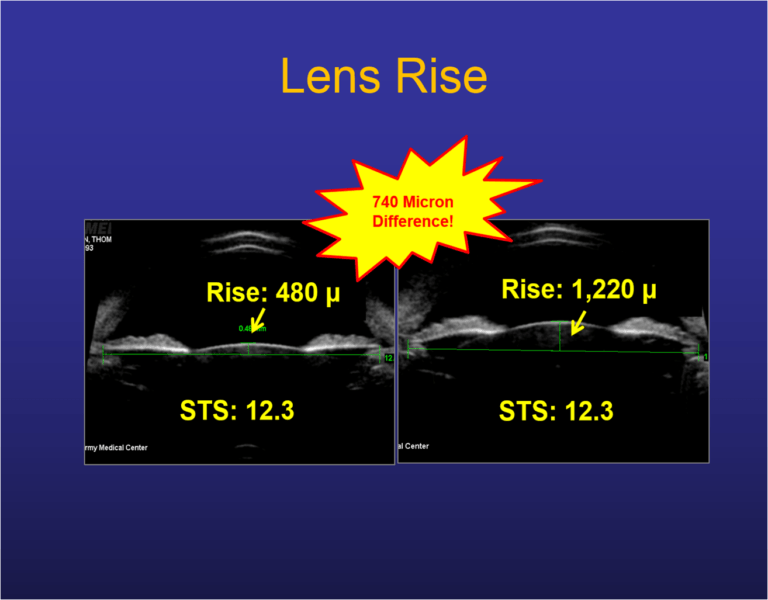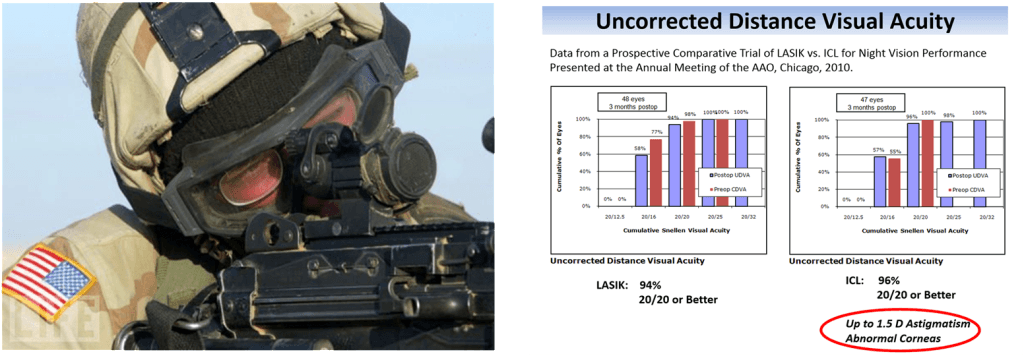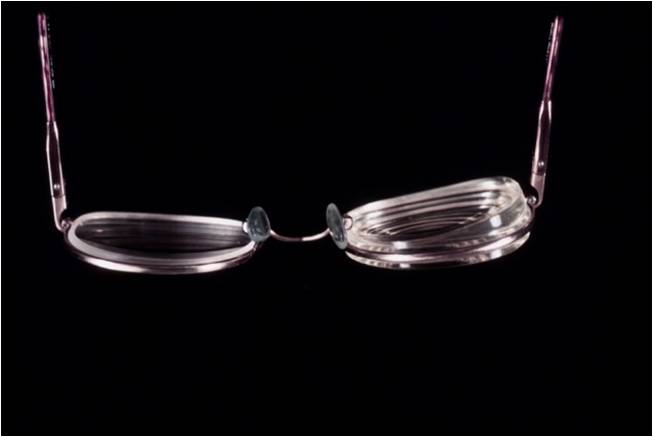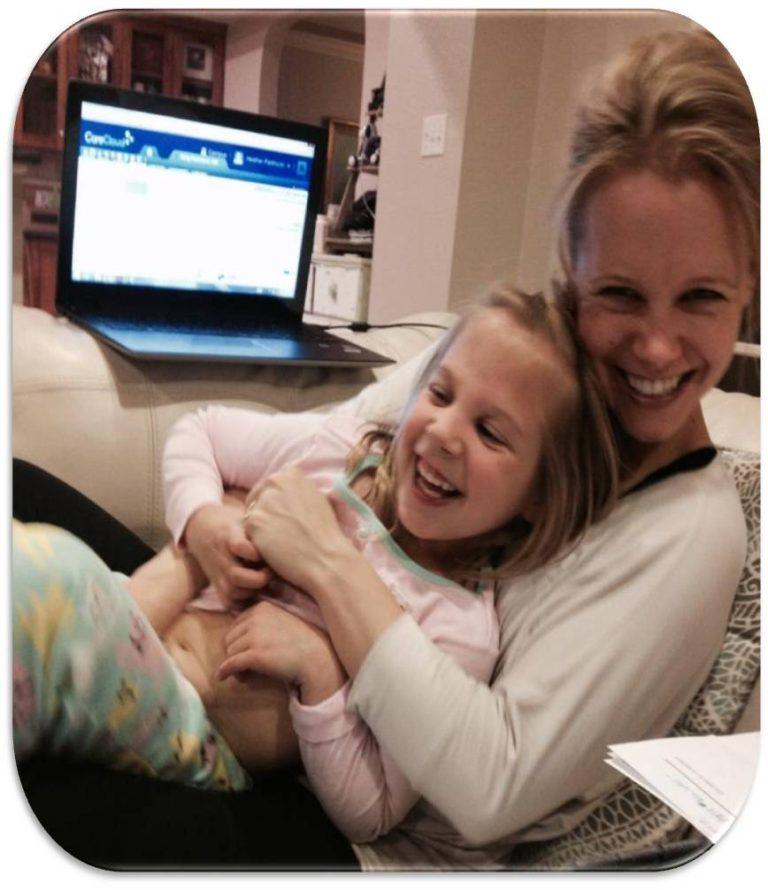My Perfect Candidate For the Visian ICL
Sub Title

Figure 1: An example of how we are messaging to the age group who gets the most benefit by having refractive surgery, those at the earliest point of ocular maturity. Credit Delilah Alonso, MD participant in Kellogg’s Physician CEO Program.
My perfect candidate for the Visian ICL is anyone with myopia (nearsightedness) that has a desire to reduce or eliminate their need for glasses and contacts. Many people who put off having refractive surgery for some future date do so because they have a concern about the cost, or because they are fearful of rare complications, or because they’ve been told by someone that they are not a good candidate for refractive surgery. Thankfully, with modern laser and lens implant technology, all of these barriers are getting broken down. For example, a person who has refractive surgery at the earliest point of ocular maturity (this occurs in 90% of kids by age 18), saves on average $18,500 over the next 20 years in the recurring cost of contacts, contact lens solutions, back-up glasses and recurrent vision exams [Figure 1]. With Alphaeon Credit, the monthly cost of refractive surgery is soon to be in parity with the monthly outlay for contact lenses.
Furthermore, LASIK and lens implant technology such as the Visian ICL have become some of the safest and most precise procedures in all of medicine; and it is rare that a person seeking refractive surgery is not a candidate for at least something. We now have safe and effective solutions for nearly every vision disorder, even to the extremes.
We present the option of performing the ICL in all patients who are candidates for the procedure, importantly not only those who are poor candidates for LASIK. This is a critical distinction, because some people are reluctant to adopt a technology or procedure that is presented as a back-up, or “plan B.” While many in the general population have not heard of ICL technology like they have LASIK, the results are simply extraordinary, all the way up to and including severe myopia. The method and phraseology in which surgeon’s present lens implant technology to the prospective patient is critical. Patients who come to us seeking vision correction often ask for “LASIK” because that is the only word they know to describe refractive surgery. Comprehensive refractive surgeons who offer all options (LASIK, PRK, ICL, Dysfunctional Lens Replacement, corneal inlays etc.) are able to translate when a patient says they want “LASIK,” to what they actually mean, which is “I don’t want to wear glasses and contacts anymore.” The other important clinical criteria making for a good candidate is that the patient has adequate anterior chamber depth (space in the front of the eye) to safely fit the ICL in the eye. [Figure 4]

Figure 4: Ultrasound Biomicroscopy showing normal vs. shallow anterior chamber depth due to abnormal “Lens Rise”
Therefore, there are really 2 categories of people who are candidates for the Visian ICL: (1) those in whom the ICL is the only viable surgical option, and (2) those who are candidates for both laser vision correction and the Visian ICL. Let’s start by tackling the first category, because those truly are the most obvious and ideal candidates for the Visian ICL.
When a patient seeking LASIK has extreme myopia, precluding them from having LASIK, the way we present the ICL is as follows: “Great news, we have a solution to get you out of contacts that in some ways is even better than LASIK.” A few years ago, we published the results of the Visian ICL in military service members who were not good candidates for LASIK. These are the men and women who are exposed to highly active and extreme environments, running through the woods, diving into foxholes, breaking down doors, where glasses and contacts simply are not an option.[Figure 5]

Figure 5: Military Service Member Wearing Glasses and Other Facial Combat Gear, Results of Comparative Study with LASIK.
The military had a slow launch of the ICL, only performing it in non-LASIK candidates until we had enough data on safety and effectiveness to open the procedure up to anyone seeking vision correction. In our peer-reviewed paper in the Journal of Refractive Surgery, 96% of eyes achieved 20/20 or better and 67% were 20/15 at 3 months. Those are incredible results considering they were eyes that had something “wrong” with them preoperatively, precluding them from having LASIK. The indications for surgery (in addition to myopia) included thin corneas, severe myopia, and abnormal corneas (dry eye syndrome, forme fruste keratoconus or keratoconus). Patients such as these have very few options. Imagine wearing a pair of glasses that are literally an inch thick. They are heavy, the quality of vision is poor, peripheral vision is compromised, and removing the necessary amount of corneal tissue with LASIK is not an option. [Figure 6]

Figure 6: Glasses for Extreme Myopia in one eye, photo courtesy John Vukich, MD.
The 2nd category of my perfect ICL candidates are those in whom laser vision correction is a safe and reasonable option, but who have an individual preference for a biocompatible technology that is reversible, results in excellent visual acuity and visual quality, comes with no risk of aggravating preoperative dry eye syndrome, and has the advantage of leaving the patient open to any and all future technologies. We know dysfunctional lens syndrome is sure to occur at some point in the future, and a patient is in the best position to be eligible for all surgical options to address that when they’ve not had a permanent change to the cornea.
Thank you for the opportunity to share with you which patients are my best ICL candidates. It is one of the most rewarding procedures I can do to help my patients. Here is a picture of my most memorable, and truly perfect ICL patient: my wife Heather, who had ICL’s 7 years ago. [Figure 7]

Figure 5: Heather Parkhurst, former -6D myope, 7 years successful ICL patient

